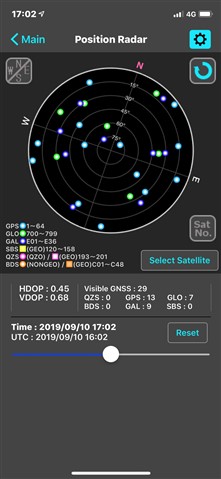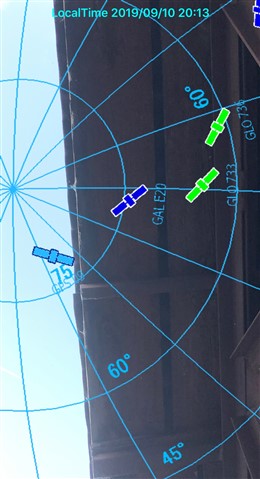5X = 1 second recording; GPS + Galileo (FW 14.20; GPS 2.51 beta)
6X = 1 second recording; GPS + Glonass (FW 3.00; GPS 2.50)
You can see the comparison at the link below.
Short version: the 6X GPS tracking was better than the 5X on this run - but the 6X also stopped tracking my heart rate half way through the run. Very disappointing. For whatever reason (trees/water), this run is a challenge for GPS. I have done this run many times with the 5X, and this result was an unusually poor showing for the 5X from a GPS perspective.
https://analyze.dcrainmaker.com/#/public/8cddd97c-a496-41b0-74f5-ec86c7e9c881
Update:
Here is the link to 6X vs Suunto 9. Both were acceptable - neither one spectacular. I have run this route multiple times with a variety of Garmin watches, and the GPS tracking of the 6X was better than the average result with a Garmin.
https://analyze.dcrainmaker.com/#/public/26a69a83-45a6-47f3-76b9-2a79bf781eb8
Update 2:
Here is the link to the 6X vs Apple Watch 4. Just to be clear as to what I consider to be a "valid" test - I am interested in finding the best performance that a particular watch can produce. If that means setting one watch to Galileo and the other watch to Glonass in order to have each watch perform at their best, then so be it - that's what I consider to be a valid test. Also, some people seem to think that just because one system (Glonass or Galileo) has a greater number of satellites available than the other, then a watch will perform better on the system with the greater number of satellites. I am not sure that's true. If a watch is tuned better for Glonass than Galileo, then having 1 to 2 Glonass satellites could be more beneficial than having 5 to 7 Galileo satellites. In any event, according to the GNSS View app, the area for this run had 5 to 7 Galileo satellites available whereas Glonass had 1 to 2, so I tried the 6X on GPS + Galileo for this run. Overall, the AW4 was more accurate than the 6X. I don't think the AW4 receives enough credit for how well it tracks GPS and provides instant pace. In my view, it is the best GPS watch on the market, with the most accurate HR. It is frustrating that Apple does not do more with the information it collects and lacks an app similar to Garmin's app. With respect to the 6X, I have run this route multiple times, and this performance by the 6X was again one of the better performances by a Garmin (and very close to the AW4). The 6X once again stopped tracking my heart rate about half way through the run.
https://analyze.dcrainmaker.com/#/public/61c82510-66eb-4adf-65fc-7c7a356a68ea




